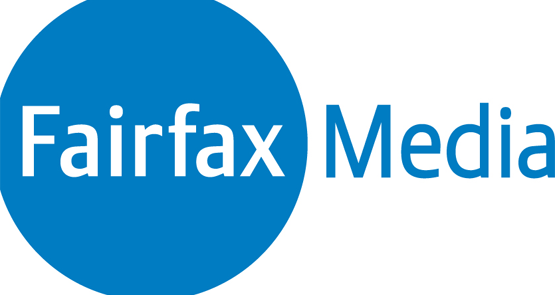
Fairfax is facing a conundrum dogging media organisations the world over: keep the prestige brand with a hard paywall, or go down the route of eyeballs at any price.
Fairfax was a reluctant convert to subscriptions, maintaining The Sydney Morning Herald and The Age as free websites for two years after their competitors at News Corp turned to paywalls. But when Fairfax did finally introduce paywalls on both websites — metered and intentionally porous as they are — subscribers raced to sign up to digital versions of The Sydney Morning Herald and The Age. Both Fairfax titles have more people paying to read their websites than paying for their newspapers (and, importantly in the cutthroat world of media competition, more digital subscribers than The Australian and the Herald Sun).
But Fairfax’s success in signing up digital subscribers appears to be plateauing. Year-on-year, the SMH has managed only a modest increase in paid digital subscribers (2.1%) in the past quarter, while at The Age subscriber numbers have fallen. According to this morning’s circulation audit, both titles have lost digital subscribers over the past six months. In the July-September quarter of 2015, the declines were very small — down 0.2%, or 236 fewer subscribers at the SMH (it had 139,752 in total), and 0.4% or 489 fewer at The Age (total 136,009).
This morning’s Audit Bureau of Circulation’s figures, covering October to December 2015, shows the downward trend has accelerated. The SMH is down 1.3% to 138,165, while the Age is down 1.8% to 133,496.
The decline is no doubt partly the result of Fairfax’s online strategy, which has been to aggressively grow its digital audience, to then sell to advertisers.
Online, News Corp has used its free news.com.au to reach mass audiences, siloing its newspaper mastheads to lure paying subscribers both in print and online. Its highest-circulation papers are not the company’s most popular digital products. But at Fairfax, there is no distinction. The Sydney Morning Herald is Fairfax’s most popular, mass-audience website, and it is also its most popular monetised digital product. Growing the digital subscriptions of the SMH would mean, at some point, limiting how much people can read its content for free. And that would risk its position as Australia’s most-read media brand, according to the Enhanced Media Metrics Australia survey.
How paywalls are going for the rest of the industry is unclear — a lack of data makes it hard to draw solid conclusions. News Corp has managed to grow digital subscriptions slowly but steadily (or at least, that’s how it appears — News does not disclose its digital figures for most of its products).








It’s lazy journalism and Fairfax’s shift to the right that caused me to unsubscribe. The question: Do I want to read what they print? The answer: Not really. Not enough to pay for it.
The straw was the extraordinary article accusing two older generations of being ‘hogs’ for having the temerity to wish to continue owning their own homes.
Apart from Elizabeth Farrelly, Non Sequitor & Zits then is nothing else in the SMH worth reading, never mind paying for.
Its pretense at reportage would shame a suburban throwaway.
Pay for NewsCrap products? Nah!
SMH gives you 30 free articles a month and The Age also gives you 30 free articles a month so you can get by without subscribing.
On the other hand, The Australian is totally paywall so there are no free articles. Every now and then there are some articles I would like to read on the Australian but not enough to subscribe. I find The Australian quite biased and pompous and reading it would probably make me grumpy.
Given the churnalists that News Corp employs – I wouldn’t give them a cent… jury’s still out on Fairfax.
Rather buy Morrie Schwartz’s stuff (Saturday Paper / Monthly) and Crikey – keep journalism alive.